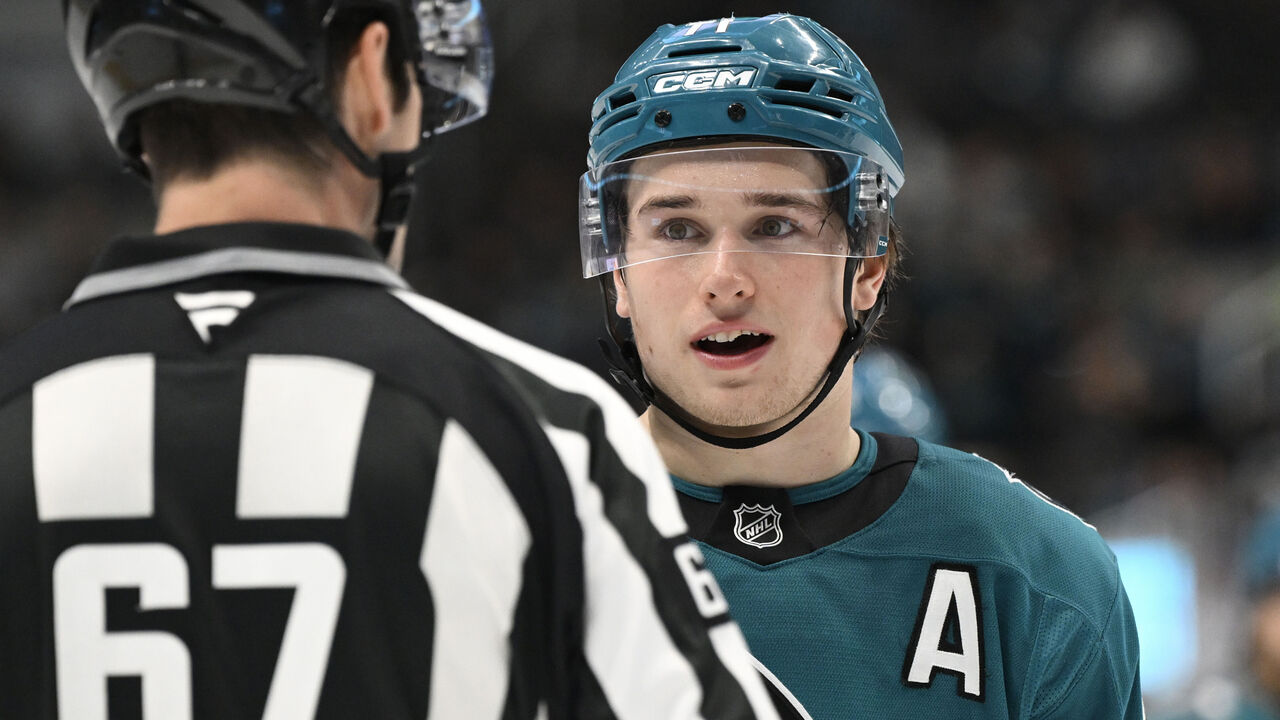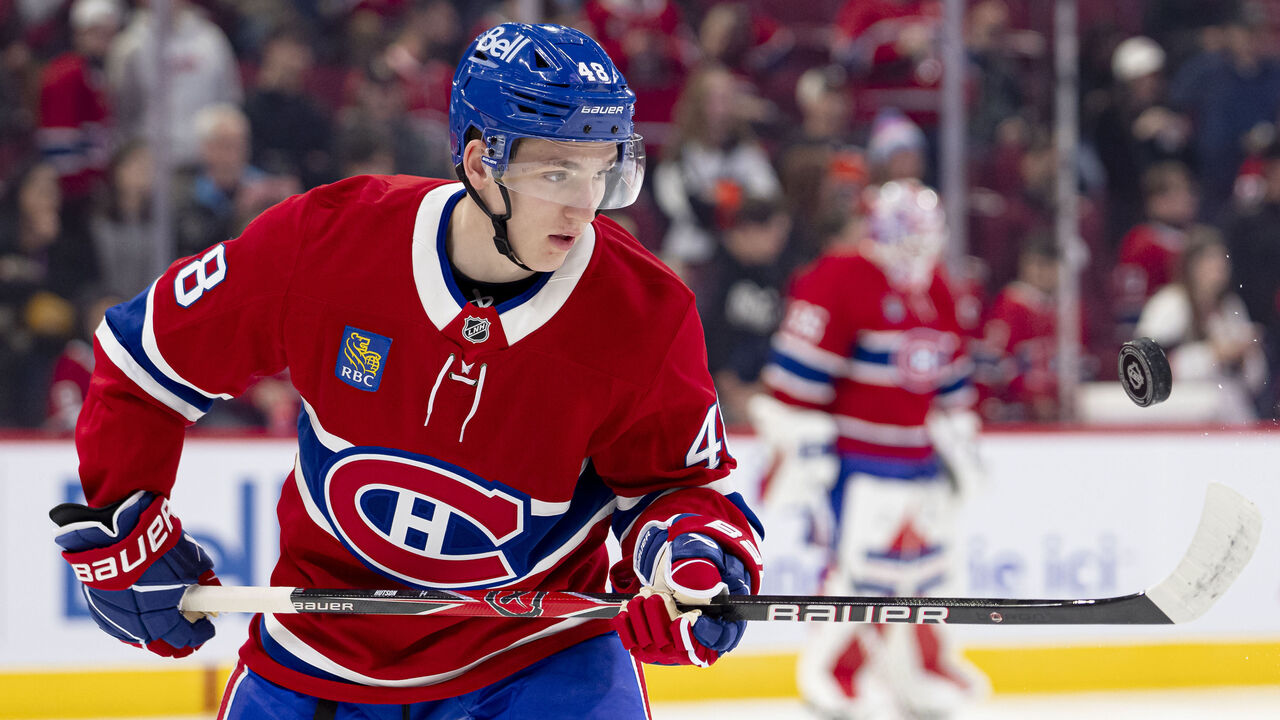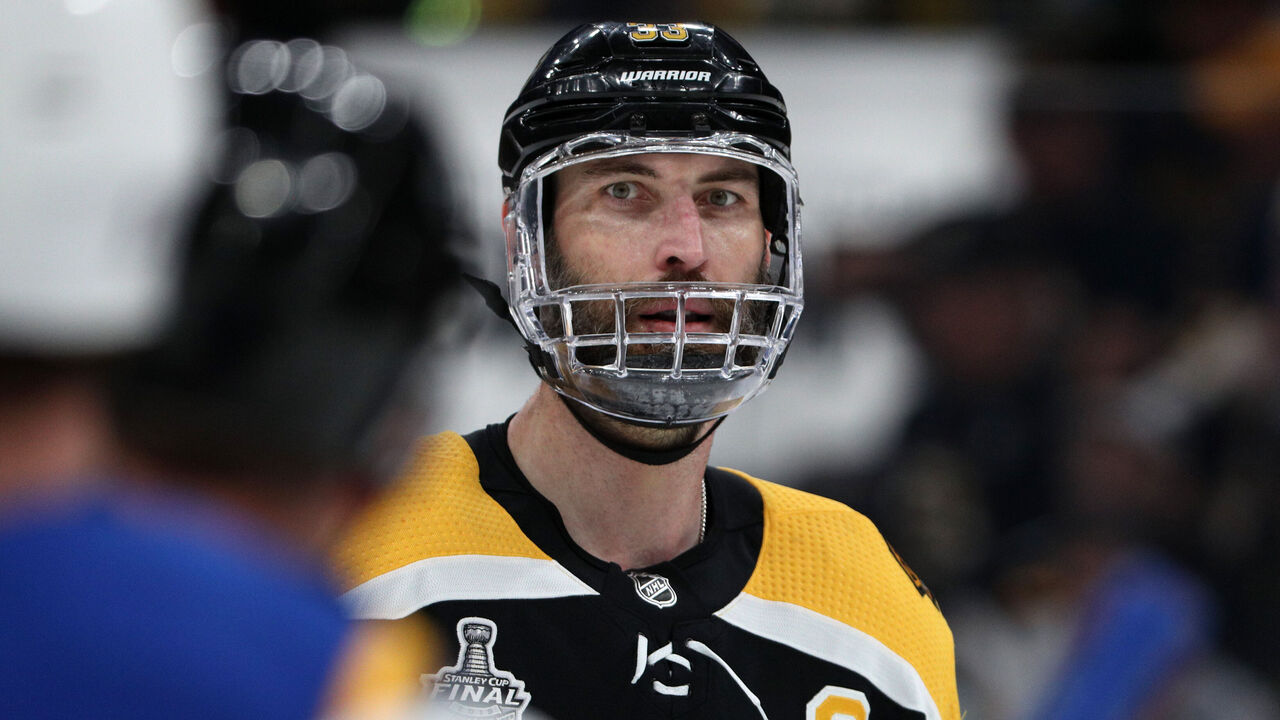Combining his own perspective with what he’s heard from people in and around the sport, Senior NHL Writer John Matisz breaks down the hot topics sweeping across the hockey landscape.
Season of generational overlap
The state of the NHL is often reflected in the names at the top of the scoring charts. As of Friday morning, Colorado’s Nathan MacKinnon was in first place with an absurd 33 points in 18 games, while 28 others — 27 forwards plus Avalanche defenseman Cale Makar — had 20 or more points.
Seven of the players with at least 20 points are early in their careers (19-24 years old). Seventeen, including MacKinnon and Makar, are mid-career (25-31). And five are late in their careers (32-39).
Maybe I’m a prisoner of the moment, but I can’t remember a time when there was such a striking overlap of not two but three generations of stars so deep into a season. The junior guard consists of Macklin Celebrini, Leo Carlsson, Connor Bedard, Matthew Knies, Cutter Gauthier, Wyatt Johnston and Jack Hughes. Old guys: Mark Scheifele, John Tavares, Evgeni Malkin, Brad Marchand and Sidney Crosby.

In many ways, Crosby remains the face of the NHL two decades into his illustrious career at Mount Rushmore. Nobody – and I mean person – is more respected on the ice than off it, which is crazy to say about a 38-year-old. Crosby is currently the main attraction at the Global Series in Stockholm, overshadowing Swedish stars Erik Karlsson and Filip Forsberg, and he is not getting the attention as part of a farewell tour. No, No. 87 is still elite.
Connor McDavid, 28, second highest scorer with 27 points, is the best player in the world. He, MacKinnon, world number 2and anchor defenders Makar and Quinn Hughes are certainly marketable faces as well.
But this new group of Gen Z appears to be gaining ground in 2025-2026. Once Crosby retires and McDavid and MacKinnon start to slow down (we could be talking mid-2030s), will Celebrini and Bédard be the dominant faces of the sport? Will they become the new Crosby and Alex Ovechkin?
Celebrini and the question of experience
Like most observers of the last 13 months of NHL action, I believe Celebrini should be one of 14 forwards named to Canada’s 2026 Olympic roster.
The budding superstar followed a terrific rookie season with a Hart Trophy caliber performance 17 games into year two. Celebrini’s biggest fans are whispering that he is already a top 10 striker in the league.

But of course, not everyone views Olympic roster construction the same way.
I was reminded of this when I recently asked an NHL coach about the possibility of Celebrini making Team Canada. The coach recognized Celebrini’s talent level and predicted the kid would be the front-line forward on the 2030 Olympic team. As for 2026 in Italy? If Coach were in charge, there would be absolutely no way he could take Celebrini over Sam Bennett, Anthony Cirelli or Seth Jarvis.
The coach said you have to know with absolute certainty that every Canadian player will perform defensively and, at least in his opinion, Celebrini is unproven. In other words, experience cannot be taught. At 19 years old, Celebrini has no NHL playoff games or best-on-best international games under his belt.
Bridge offers are no longer so hot
The NHL is transitioning from a five-year period of minimal salary cap growth to a boom period. The upper limit rose to $95.5 million this year, up from $88 million in 2024-25, and is expected to reach a whopping $113.5 million by 2027-28.
A first trend: fewer influential young players are signing transition contracts (extensions of two to five years) because teams see enormous interest in keeping a central element for six years or more. The trade-off is a relatively high capitalization hit.
Logan Cooley, Thomas Harley, Lane Hutson, Jackson LaCombe, Luke Hughes, Mason McTavish, Dustin Wolf, Jackson Blake and Logan Stankoven are all 24 or younger and signed to big, long-term contracts since July 1.

“A lot of these young players will still be young when their second contract expires,” one prominent agent said of the benefits of a long position. “Is it about money? Of course. Is it about money? just about money? With most players, no. »
The agent went on to say that if a player likes where he is and is confident there is another substantial deal on the other side of the second contract, then why not take the first salary and security? If the player becomes “underpaid” in the middle of the second trade because the upper limit of the cap has skyrocketed, even though he loves his teammates, the team’s staff and its facilities, then what?
“Never underestimate being happy in professional sports,” the agent said.
One veteran team executive noted that general managers should avoid crushing young building blocks with intense negotiations that ultimately lead to a transition deal that neither the team nor the player is particularly happy with. This type of pursuit of money can create resentment. That said, as the executive pointed out, Stanley Cup contenders have no choice but to offer a bridge.
Carolina, Montreal and Utah are three teams clearly trying to capitalize on the new world of caps. Each club is in an excellent financial situation.
Ducks general manager Pat Verbeek did well with the McTavish and LaCombe deals, but must blame himself for being too conservative on other issues. Cornerstone forwards Carlsson and Gauthier became eligible for extensions on July 1, meaning Anaheim could have preempted each player’s unsurprising breakthrough by offering enticing long-term deals. But Verbeek, who is known as a tough negotiator, hasn’t been proactive, and now Carlsson (26 points in 17 games) and Gauthier (12 goals in 17) have all the influence in the world.
Early season woes across Canada

Four Canadian teams currently find themselves on the wrong side of the playoff finish line.
The Flames rank last in the NHL in points (12) and goal differential (minus-18) at about 20% mark on the season – OK, that’s not a revolutionary development. The Canucks, who floor Quinn Hughes for 27 minutes of ice per night, were slightly disappointing with an 8-9-1 record. The Oilers and Maple Leafs, meanwhile, were largely disappointed compared to pre-season expectations.
A note each on 8-7-4 Edmonton and 8-8-2 Toronto:
- If you didn’t understand McDavid’s reluctance to sign a long-term deal this offseason, you probably did by now. The talent in Edmonton’s forward group is falling off a cliff after injured McDavid, Leon Draisaitl, Ryan Nugent-Hopkins and Zach Hyman. McDavid and Draisaitl, individually and together, have been involved in 66% of the Oilers’ 58 goals this year. Isaac Howard, Vasily Podkolzin, Adam Henrique, Matthew Savoie, David Tomasek and Trent Frederic only scored 11 goals. At least Hyman’s impending return from injury gives fans some hope.
- Toronto taking a step back in the regular season wouldn’t be shocking, considering they lost a 100-point two-way winger in Mitch Marner. But the body of work across 18 games feels like several giant steps backwards. The Leafs are the worst defensive team in the league. They completely play a style misaligned with their strengthsand top forward Auston Matthews and top guard Anthony Stolarz are sidelined due to injury. All of a sudden, goalkeeper Joseph Woll is tasked with being the savior as he slowly returns from leave. Not ideal, even in the short term.
Hall of Famer Chara: Unique in every way
Zdeno Chara, the headlining member of the 2025 Hockey Hall of Fame induction class, is arguably the most unique player in NHL history.
He is the tallest player ever recorded. He comes from obscurity as a native of Trencin, Slovakia. He was an intimidating defender on the ice and a gentleman off it. His six-year deal with Boston in 2006 might be the biggest free agent signing of the cap era. He played into his forties and retired at age 45.
And the stories about this man are straight out of a Hollywood script.
Longtime Bruins general manager Don Sweeney visited Chara in the hospital during the 2019 Stanley Cup Final. The captain had broken his jaw in Game 4 and couldn’t speak, so, as Sweeney says recalled this week, Chara slipped him a little note with a short message. “I’m playing,” it read. (He returned for Game 5.)

Chara is considered an all-time leader. He treated everyone the same, from the highest paid player to the equipment manager. He referred to recruits as “first-year players” and despised any form of hazing. He banned the so-called rookie round, where a player making his debut begins warming up alone on the ice.
“Z…he’s just the best,” Bruins defenseman Charlie McAvoy said during the NHL/NHLPA players’ media tour in September. “He was literally saying, ‘No, there are no rookies on our team.’ It was his thing.”
Fightin’ Stankoven joins a big group
Stankoven, 5-foot-8 and 165 pounds, fought for the first time in his life Tuesday. The Hurricanes forward received a five-minute major penalty after throw with the Capitals’ 6-foot-2, 215-pound Martin Fehervary.
Turns out, Stankoven isn’t close to being the shortest NHL player in history to drop the gloves. According to the league’s statistics and research department, 96 players who are 5 feet 8 inches tall or shorter have won at least one major fight during the regular season or playoffs. The smallest of them all: 5-foot-5 forwards Bobby Lalonde and Doug Palazzari, whose careers peaked in the brawls of the 1970s.
Are after-the-whistle antics boring?
Reader Alan M. recently asked about the post-whistle shenanigans:
The only thing that annoys me about hockey is all the antics after the whistle. Wash face, check, push. Once the whistle is blown, play stops and anything after that must be penalized. What do you think?
Call me old school, but I enjoy the occasional scrum. This adds to the drama of a specific match and is something you don’t see in other sports. I like the way there is play in the game, an art of agitating, of taking penalties.
Do referees ever complicate things by, for example, taking a single player to the penalty box after a massive scrum? Yes. But overall, the after-the-whistle shenanigans are entertaining, and the NHL is in the entertainment business.
What do you want to know, hockey fans?
There are three ways to submit a question for future editions of the NHL Inbox.

